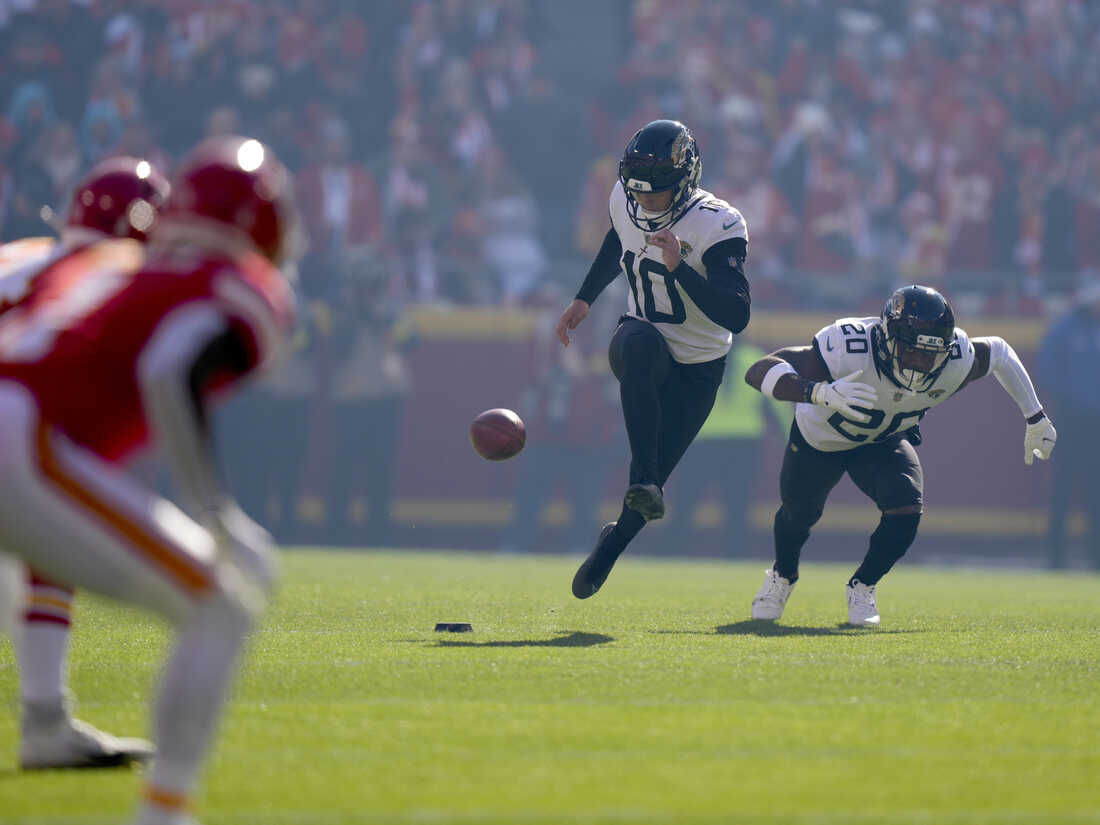The National Football League (NFL) is no stranger to change. Over the years, the league has made numerous adjustments to its rules, many driven by player safety, competitive balance, or the evolving dynamics of the game. One of the most significant and hotly debated changes in recent years is the new kickoff rule, introduced with the 2024 season and now set to stay for the foreseeable future. This rule has not only altered the mechanics of one of football’s most iconic plays but has also sparked broader conversations about the sport’s direction and commitment to innovation.
The Kickoff Redesign: A Hybrid Approach
The new kickoff rule adopted by the NFL is largely based on a model previously tested in the XFL. It’s a hybrid solution that seeks to preserve the excitement of the kickoff while drastically reducing the number of high-speed collisions that traditionally occur during these plays.
Under the revised format, kickers still boot the ball from their own 35-yard line, but instead of players running down the field immediately, the rest of the kicking team lines up at the receiving team’s 40-yard line. Meanwhile, the receiving team positions its blockers at its own 35-yard line. None of the players—aside from the kicker and the returner—are allowed to move until the returner touches the ball or it hits the ground.
This stationary alignment has created a more controlled and predictable environment. The result? Fewer injuries and more returns, reviving a play that had become increasingly rare due to touchbacks and fair catches.
Why the Rule Was Needed
The traditional kickoff had become one of the most dangerous plays in football. Special teams players sprinting full speed at each other from opposite ends of the field increased the risk of high-impact collisions, concussions, and serious injuries. In an era when the NFL is under increasing scrutiny regarding player health—especially around head trauma—doing nothing was no longer an option.
In the years leading up to the change, the league tried various tweaks to make the kickoff safer: moving the kickoff spot forward to encourage touchbacks, penalizing wedge blocks, and allowing for fair catches inside the 25-yard line to bring the ball out to the 25. However, these changes reduced the frequency of returns and the excitement of the play, turning what was once a dynamic moment into a near-formality.
The new rule has managed to strike a balance. It maintains the return aspect while removing the sprinting collision that defined the older format. It’s safer, yet still competitive.
Early Reception and Data
When the rule debuted, reactions were mixed. Traditionalists bemoaned the departure from the classic kickoff, while others praised the innovative approach. Coaches were cautious, unsure how the new setup would impact field position and strategy. But as the season progressed, acceptance grew.
Statistical data from the 2024 season indicated a sharp drop in injuries on kickoffs. At the same time, return rates climbed significantly, leading to more engaging plays and strategic variability. Teams began to develop new return schemes and coverage tactics specific to this format, and fans were treated to a rejuvenated version of an old favorite.
The rule’s success led the NFL’s Competition Committee and owners to make it permanent for the 2025 season and beyond. It’s now considered a core element of the modern game.
Strategic Implications
The new rule has reshaped how teams approach both kicking and returning. For kickers, placement and hang time remain crucial, but the emphasis has shifted slightly to positioning. Returners must be more decisive, and return units must be precise in their blocking schemes, given the limited space and sudden explosion once the ball is touched.
Coaches have begun to value different skill sets on special teams. Speed remains vital, but agility, vision, and short-area quickness have become just as important. These shifts have had ripple effects on roster construction, with more teams prioritizing versatile athletes who can contribute in the new kickoff landscape.
Other Rule Changes to Watch
While the kickoff overhaul has garnered the most attention, it isn’t the only rule change affecting the 2025 season. Several other adjustments were made during the offseason, many aimed at enhancing fairness, clarity, and safety.
For instance, the league has modified the rules around roughing the passer to allow for video review. This decision stems from growing frustration over controversial calls impacting the outcome of games. Now, referees can review roughing calls, reducing the chance of game-altering mistakes.
Additionally, there’s a new emphasis on enforcing existing penalties consistently, particularly holding and illegal contact. The goal is to reduce the inconsistency that has plagued officiating and restore confidence in the fairness of the game.
Finally, adjustments to the play clock after turnovers and changes in instant replay procedures aim to streamline the game’s pace and maintain flow without sacrificing accuracy.
A League in Evolution
The NFL’s willingness to make bold changes reflects its commitment to evolution. While preserving the sport’s core identity, the league has shown a readiness to innovate where necessary—especially when player safety and game quality are at stake.
The new kickoff rule, once a radical idea, has quickly become emblematic of this mindset. It proves that football can be both safer and more exciting when guided by thoughtful innovation. With growing fan acceptance and clear data supporting the benefits, it’s clear that the NFL has found a new blueprint for balancing tradition with progress.



